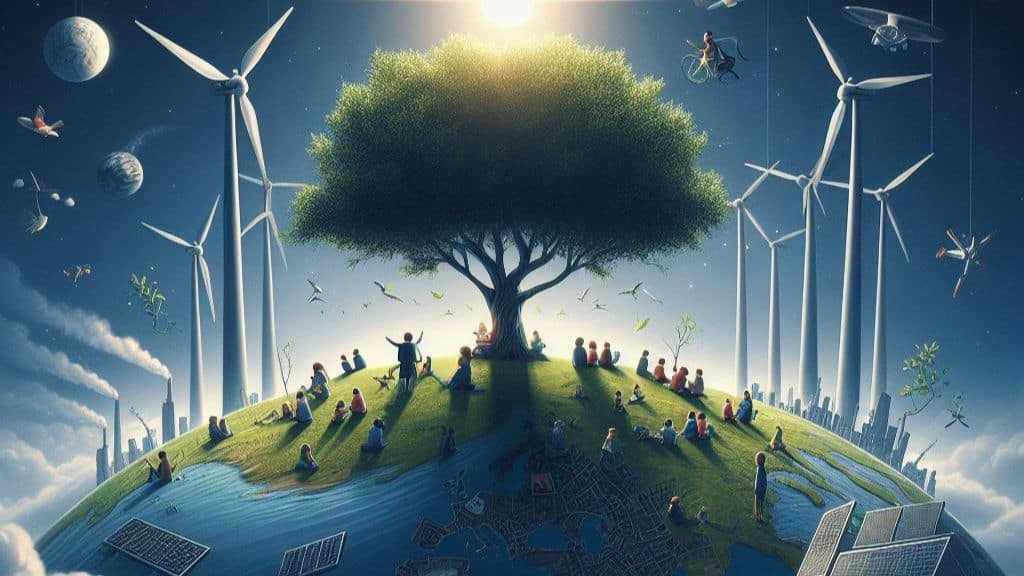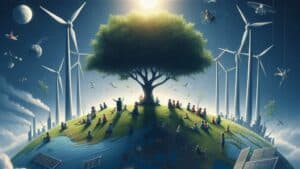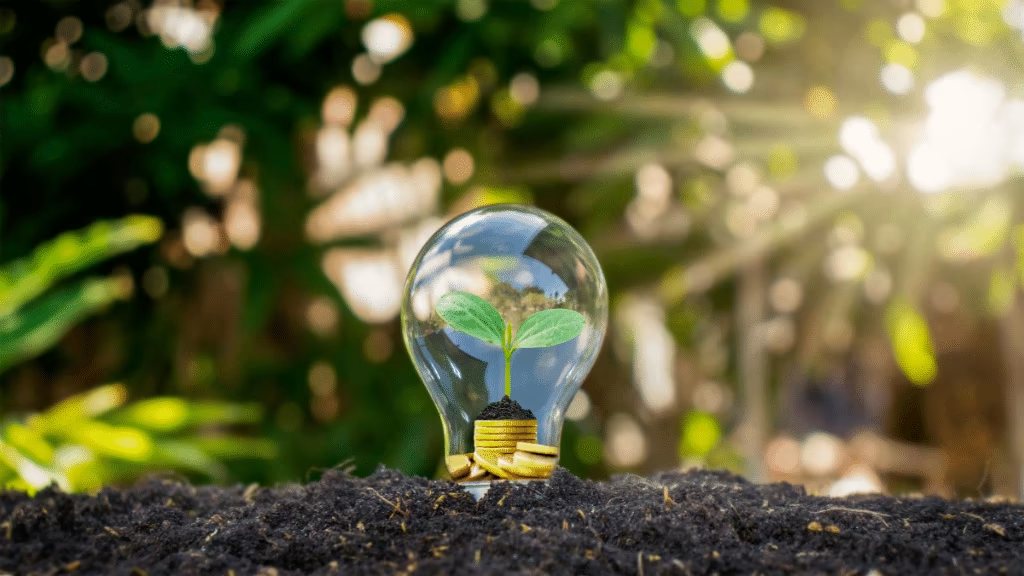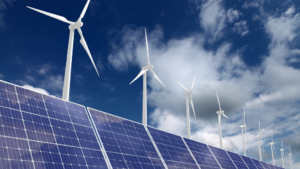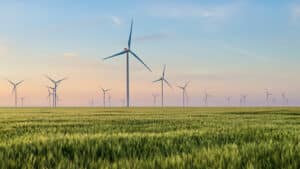
What is the #ClimateTech YoungTalents contest about?
The competition involves preparing and submitting a contest entry that presents an idea for using renewable energy technology. To address a problem related to climate change or the state of the environment in the participant’s surroundings. This problem should be significant from the perspective of the local community, and the solution should be realistic, practical, and effective. The contest entry can be in written, graphic, or multimedia form.
Who can participate in the contest?
The #ClimateTech YoungTalents competition is open to students in the final two grades of high school in the Podlaskie Voivodeship. Participants can enter individually or in teams of up to three people.
How to enter the contest?
To enter the contest, you must:
- Fill out the registration form available on the project’s website: YoungTalents – Electrum Holding
- Prepare the contest entry according to the rules and guidelines available on the project’s website
- Send the contest entry to the email address: climatetech@electrum.pl by April 2, 2024
What are the prizes in the competition?
From the submitted entries, the contest committee, consisting of experts from Electrum and the substantive partner, the Association of Science Advocates, will select the top three, whose authors will receive the following prizes: a paid internship at Electrum and modern e-book readers. The winners of the competition will be announced on the project’s website and on Electrum’s social media profiles.
Why participate in the contest?
Participating in the contest not only offers the chance to win attractive prizes but also:
- Develop your interests and passions related to renewable energy and environmental protection
- Establish connections with experts and mentors from Electrum and the Association of Science Advocates who will assist in preparing the contest entry
- Gain professional experience and practical knowledge through a paid internship at Electrum, a leader in the renewable energy industry in Poland
- Showcase your talent and creativity to a wide audience and the media
- Do something good for your local community and the natural environment
Where to find more information about the #ClimateTech YoungTalents contest?
If you want to learn more about the competition, we invite you to visit the project’s website: YoungTalents – Electrum Holding. There you will find all the necessary information, rules, registration form, and schedule of consultations with mentors. You can also follow our social media profiles on Facebook and Instagram. We will post updates and interesting facts related to the competition. If you have any questions or concerns, please contact us at the email address: climatetech@electrum.pl.
Let’s start a new chapter together, inspiring youth to take action for green energy!


